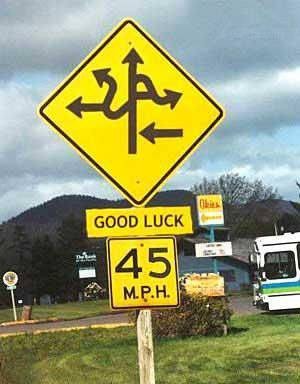
Step Forth with Purpose & Strategy
January 6, 2016
Assessing your Philanthropic Impact
September 12, 2016The Philanthropy Outlook
With research projecting a rise of philanthropy upwards of 4.1 percent in 2016 and 4.3 percent in 2017, this increase in giving presents a remarkable opportunity to advance the capacity of social change. For nonprofits, social entrepreneurs, and change-agents alike, this uptick of charitable dollars is positive news. Yet with this excitement of increased assets flowing into the nonprofit sector, comes the increased stakes for effectiveness.
It is no question philanthropists will continue to be more attuned to their giving and the strategies and roles their philanthropy can play in supporting change. Do all grantmakers prioritize accountability and alignment of their giving — no — and that is their prerogative. However, for those that do value these characteristics, continue to read on —
If impact and accountability matter, then alignment matters.
(Patton, Foote, & Radner, “A Foundation’s Theory of Philanthropy” 9)
This month’s blog is dedicated to promote some of the most innovative and successful practices in how grantmakers, of varied asset and staff size, work to achieve their mission and vision. My intention is that you will walk away curious to learn more and take a step forward to join the conversation, and practice, of intentionality and effective giving.
Disciplined yet Agile Approaches to Giving
So, you’ve made the conscious effort to be more defined in how you charitably invest to create social impact. You’ve defined the problem you seek to solve. You’ve performed due diligence to learn more about the landscape of stakeholders and organizations who share your values and goals. Perhaps, you’ve even sought opinions from peers and relevant experts. And, you’ve been diligent with this practice for sometime. Now what?
What’s happening with the money I donated?
Is it working and is anything changing because of it?
Why is ‘making a difference’ so hard?
True to the cliché of blending art and science, the same can be applied to philanthropy. In supporting its client base, CivicAIM has witnessed a giving strategy is a balance of personal approach and passion that drives it forward (the art) and a framework based on reliable, relevant information about the programs or issues you seek to fund (the science).
Experienced donors and philanthropists know how important the marriage of ‘art and science’ give focus and direction to effective giving. CivicAIM is here for you every step of the way to define and calibrate the focus of your philanthropic gifts and offers the following resources as a guide to charting your giving plan.
The use of logic models for giving has been a practical resource for funders to think through the assumptions and projections of how their giving will create social impact. Particularly, the logic model can be a crucial tool for small staffed foundations looking to make sustained impact as it graphically illustrates strategy components and helps clearly and succinctly communicate a foundation’s projected outcomes, inputs and activities. Learn how a Texas-based family foundation and its grantee partners incorporated the logic model into their decision-making and evaluation processes.
For funders who wish to delve into more rigorous and comprehensive planning a theory of change is resourceful tool. The exercise of developing a theory of change encourages grantmakers to critically think through its pathway of giving, and articulate its strategy of accomplishing its desired change. Explanatory in nature, the theory of change is deliberate by linking outcomes and activities to explain HOW and WHY the desired change is expected to come about. In addition to its use as a planning guide, a theory of change sets the stage for evaluation by clarifying goals, strategies, and milestones. An insightful field example of this approach is highlighted by the Tauck Family Foundation.
Last but not least, as these examples are only a few tools of impact and strategy for grantmakers, is the theory of philanthropy. Different from a theory of change, yet mutually reinforcing, the theory of philanthropy approach is designed to help foundations align their strategies, governance, operating and accountability procedures, and grantmaking profile and policies with their resources and mission. As the academic article professes, “Understanding focuses intention, intention directs action and learning, and learning deepens understanding.” The most recent issue of The Foundation Review (Volume 7, Issue 4) includes a special section on theory of philanthropy and illuminates the learning process of the Palix Foundation with this method.
Forge Ahead from Transaction to Transformational Giving
Research from the Center for Effective Philanthropy (2009) found that although most foundation executives believed it is important to have a strategy, relatively few foundations have actually developed one. My hope is that these resources enable a dedicated space for funders to take note of their giving approach. At least in the short term as economic forecasts project, wouldn’t it be nice to do more, with more. At best, it could positively transform our world! –Erica V. Ekwurzel




